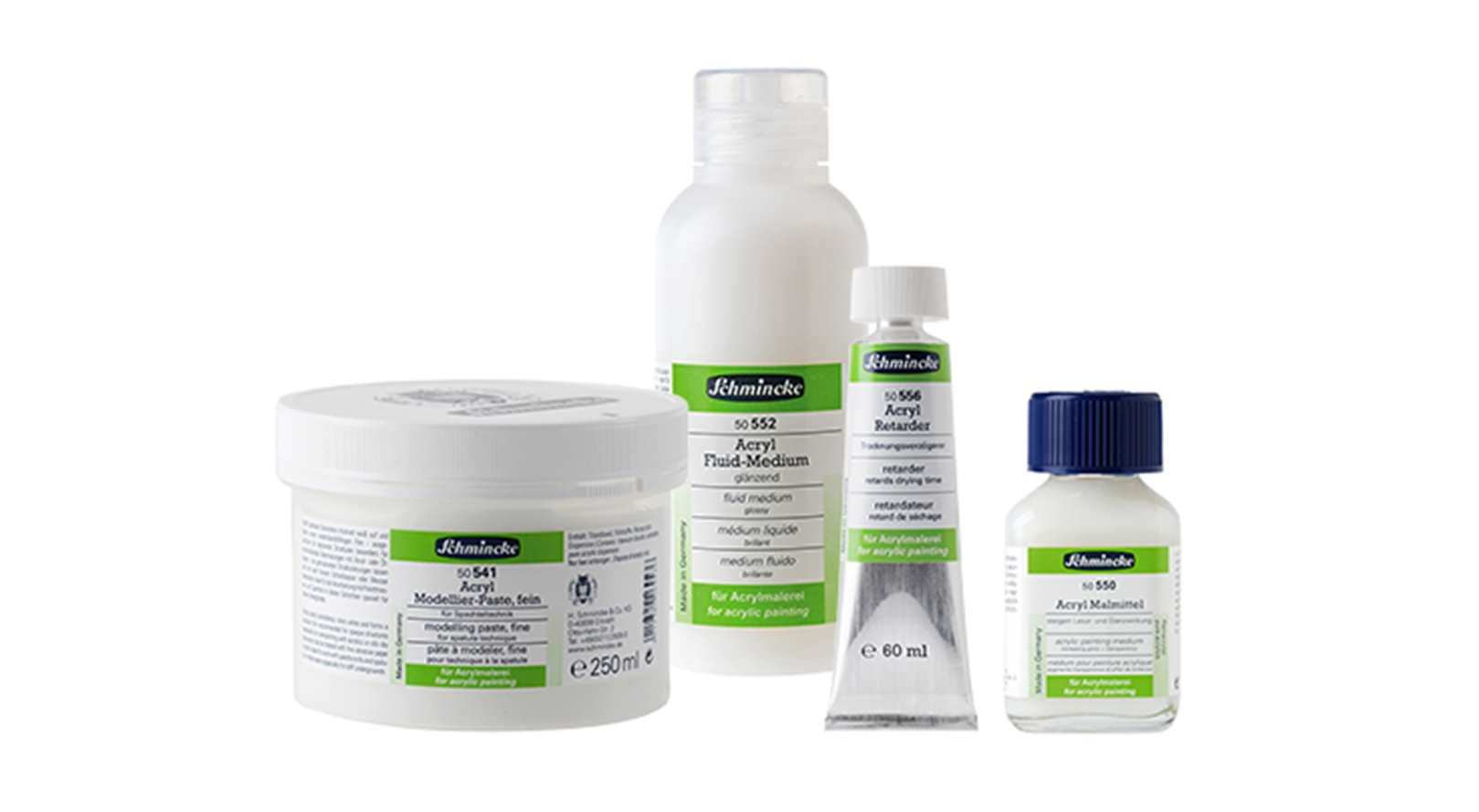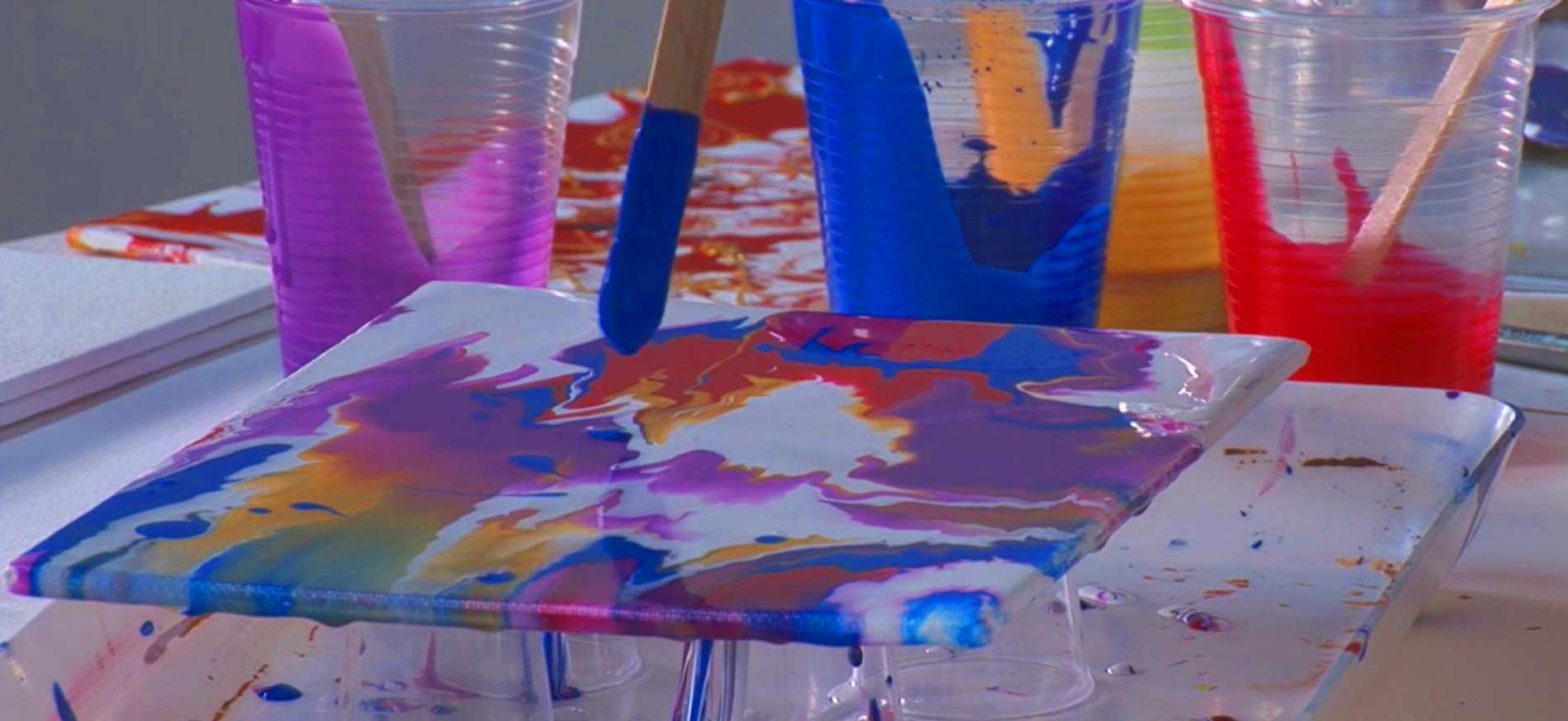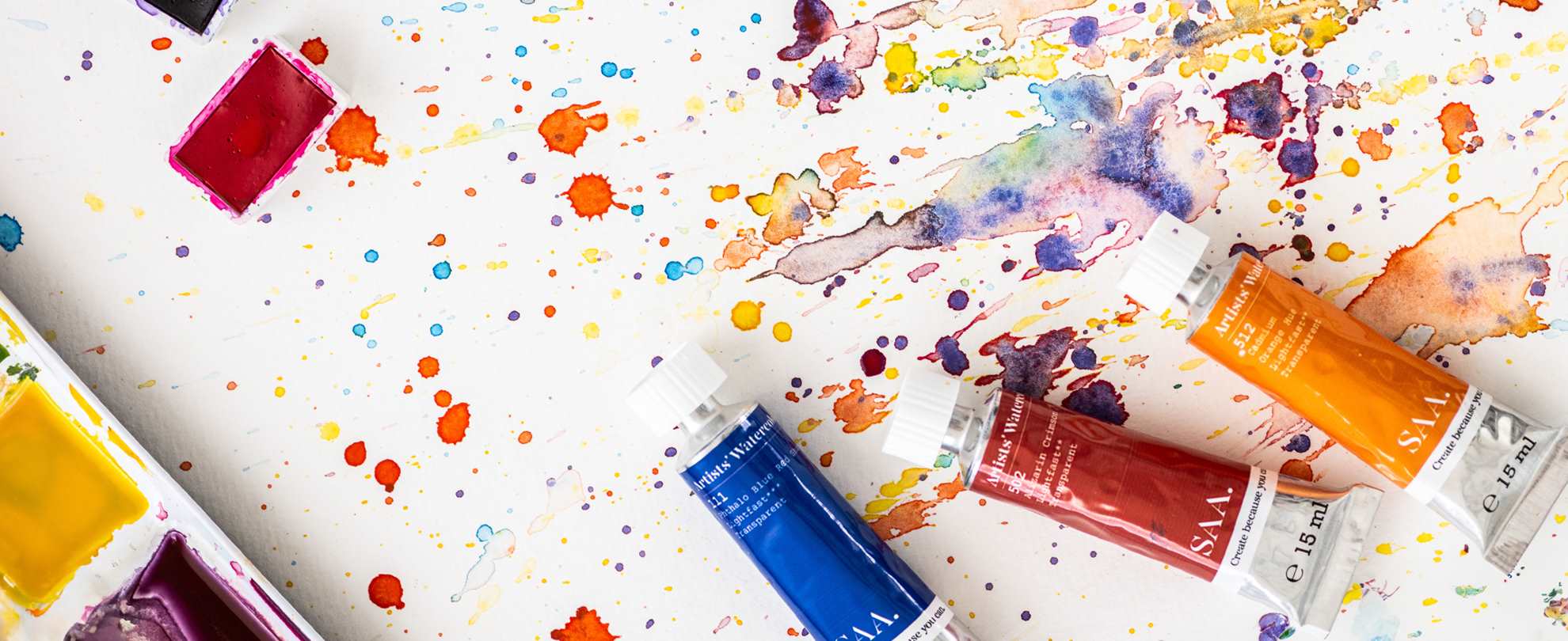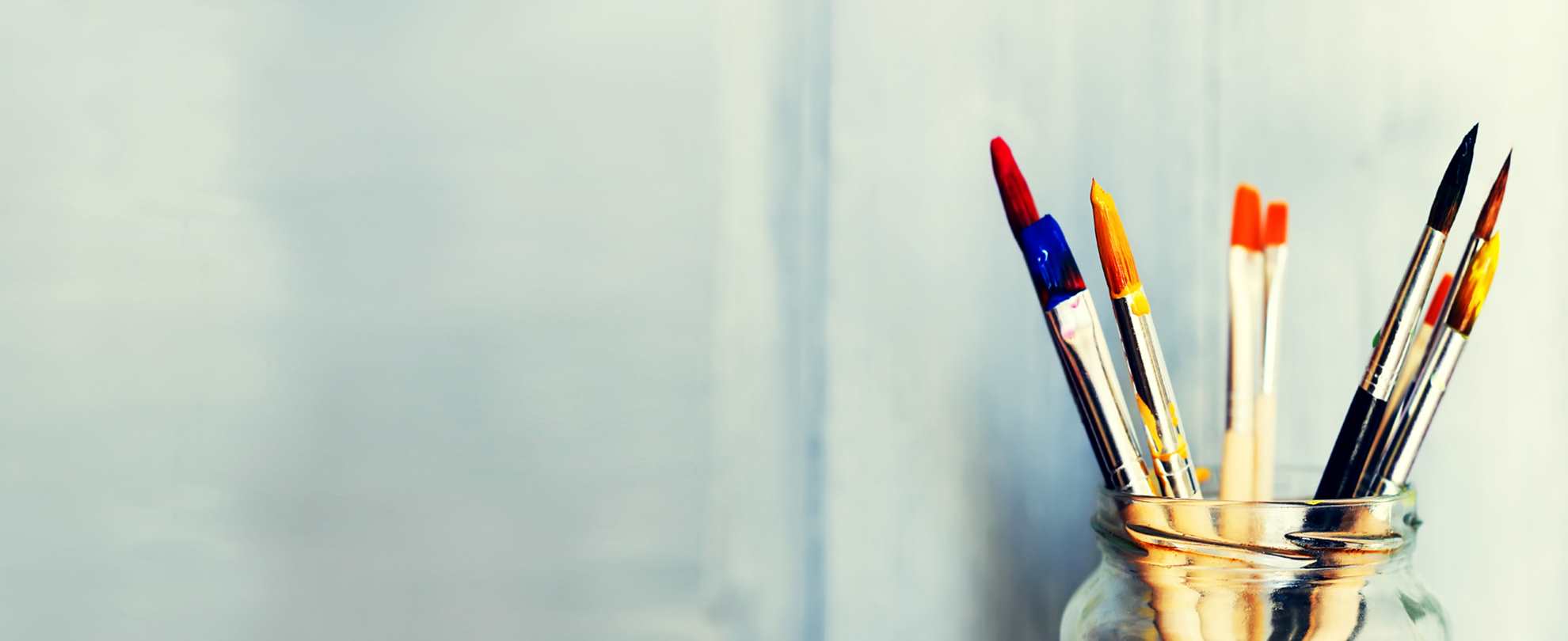
Alter the characteristics of your acrylic paint...
Acrylic paint can be mixed with various mediums to create different effects in your painting such as:
- Be used to lengthen the drying time of the acrylic paint allowing more time for blending and reworking.
- Affect how matte or glossy the acrylic painting is once it completely dries.
- Can be used to refract light and colour, add texture to acrylic paintings, and adhere collage items to paintings.

Types of acrylic mediums...
You can dilute Acrylic paint with water but it is not recommended to use more than 50% water as the paint can start to lose its adhesiveness and eventually flake off some surfaces. Mediums on the other hand can be used in any quantity as they will still retain the adhesive properties.
- Flow Medium – an alternative to using water, this fluid medium can be mixed with acrylic paint in any ratio to help make the paint more fluid.
- Retarding medium or Slow drying Medium – sold in both tubes and containers it keeps the paint workable for longer and slows down the drying time – aids in blending and wet in wet techniques. Retarding medium or slow drying medium can be mixed with acrylic paint 1:1 and it keeps the paint workable for longer by slowing down the drying time This means that you can keep blending and use wet in wet techniques as the paint longer. Without it, the paint starts to go sticky and starts to dry.
- Heavy gel mediums - sold in both tubes and containers – bulk out the paint, retain brush marks and increase the transparency.
- Glaze medium – Matt/Gloss Increases flow and extends drying time Increases the transparency making the colours more transparent for overglazing.
- Gloss/ Matt Medium – these will improve flow and either increase gloss or make the paint more Matt.
- Pouring Medium - This is popular for acrylic pouring techniques, There are different viscosities. Most will make acrylic paint straight from the tube fluid enough to be able to pour. There is a thicker pouring medium that can be added to acrylic inks to thicken these a little to make them a consistency for pouring.
- Modelling paste – sometimes called texture paste may be mixed with the paint to thicken it but is primarily intended for underlying textures over which paint is applied.
- Texture paste – these are intended to be mixed with the paint to create texture – like – sand – glass beads etc.


Acrylic Varnish
Though it is not necessary to varnish an acrylic paint as it dries to a tough, permanent, waterproof surface adding a final varnish helps to even out and intensify the colours as well as protect the painting from environmental factors, dust, grease, moisture, and UV light. Varnishing can fix dull areas of paint offering an even sheen over the whole of the painting.
It is important to ensure that the varnish used is suitable for acrylic painting. Many modern varnishes are suitable for both oil and acrylics, but some are only suited for oil painting as they may affect the acrylic paint.
There are different sheens available:
Gloss – this intensifies colours and offers a glossy finish.
Satin – Intensifies colours with a semi-gloss finish which is not as reflective as the Gloss varnish
Matt – offers a protective layer with a less intensifying of the colours and a non-reflective finish
These can also be mixed by the artist to achieve their preferred level of finish anywhere in between the two.
Visit our varnishing article to get a step by step guide on how to varnish your paintings.



